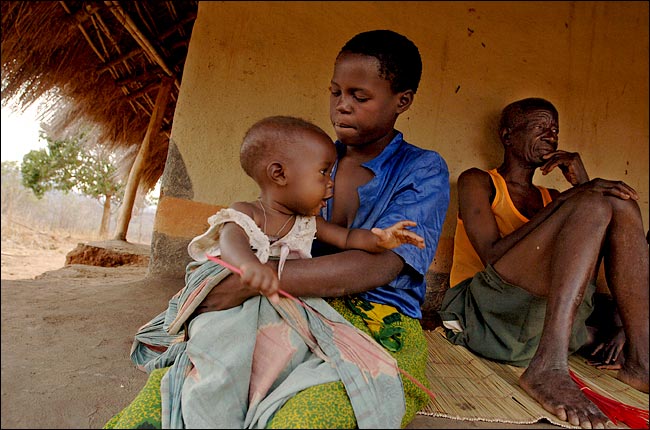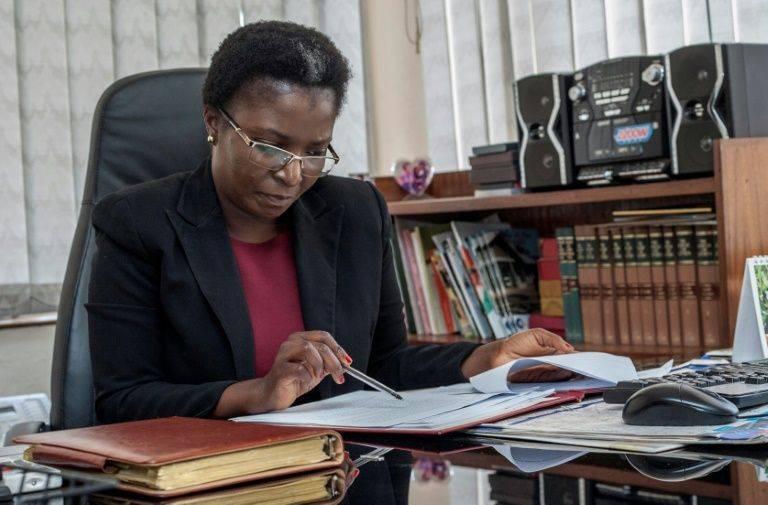By Steven Godfrey Mkweteza
Early marriages are reported to be among the contributing factors to the fast growth of the mulanje district population.
This was said during the three day workshop aimed at finding ways of improving the main causes of the early marriages in the district.
Child right protection officer in the ministry of gender, child development and social welfare under the plan international project, Benedicto Chambo said the early marriages were still increasing despite interventions to reduce the vice.
“Early marriages and low education levels contribute to longer reproductive life for women. This means if girls get married at a very young age of 12 or 14 years, she is likely to give birth to more children compared to a woman who gets married after finishing her tertially education as her reproductive life is reduced,” he said.
Currently, the recommended child bearing age for women is between 18 and 35 years and that the fertility rate for Malawi is also 5.7 children for women.
Commenting on why early marriages are persisting in the district despite different interventions to lessen the situation, Chambo noted that high levels of poverty, lack of education and gender bias are among the factors exacerbating the problem.
“If nothing is done and the problem continues, the population is expected to triple,” he said.
Chambo said issues of early marriages and child bearing need to be looked into seriously because they are undermining all the millennium Development Goals (MDGs).
He said high population would result in development strategies like vision 2020 and the Malawi growth strategy to remain elusive.
He reckons it is the responsibility of every community leader to create a safer district for girls, who are prone to sexual abuse.
“The problem is that most girl-boy relationship do not use contraception during their sexual activities. This is worrisome situation since it indicates that development gains, economic growth, food security and the social services are likely going to be strained any way not be adequate and responsive enough due to the increased pressure of a growing population on a very limited resource base,” said Chambo.
A visit to Mulanje district hospital revealed teens between the ages of 10 to 19 reported for their first pregnancies.
Reports indicate that cases of fistula are high within this age group and apart from that most of these teenage girls are also exposed to HIV.
According to statistics at Mulanje district hospital about 10 percent of teens who are getting pregnant within the ages of 10 to 19 are found to be Hiv positive.




